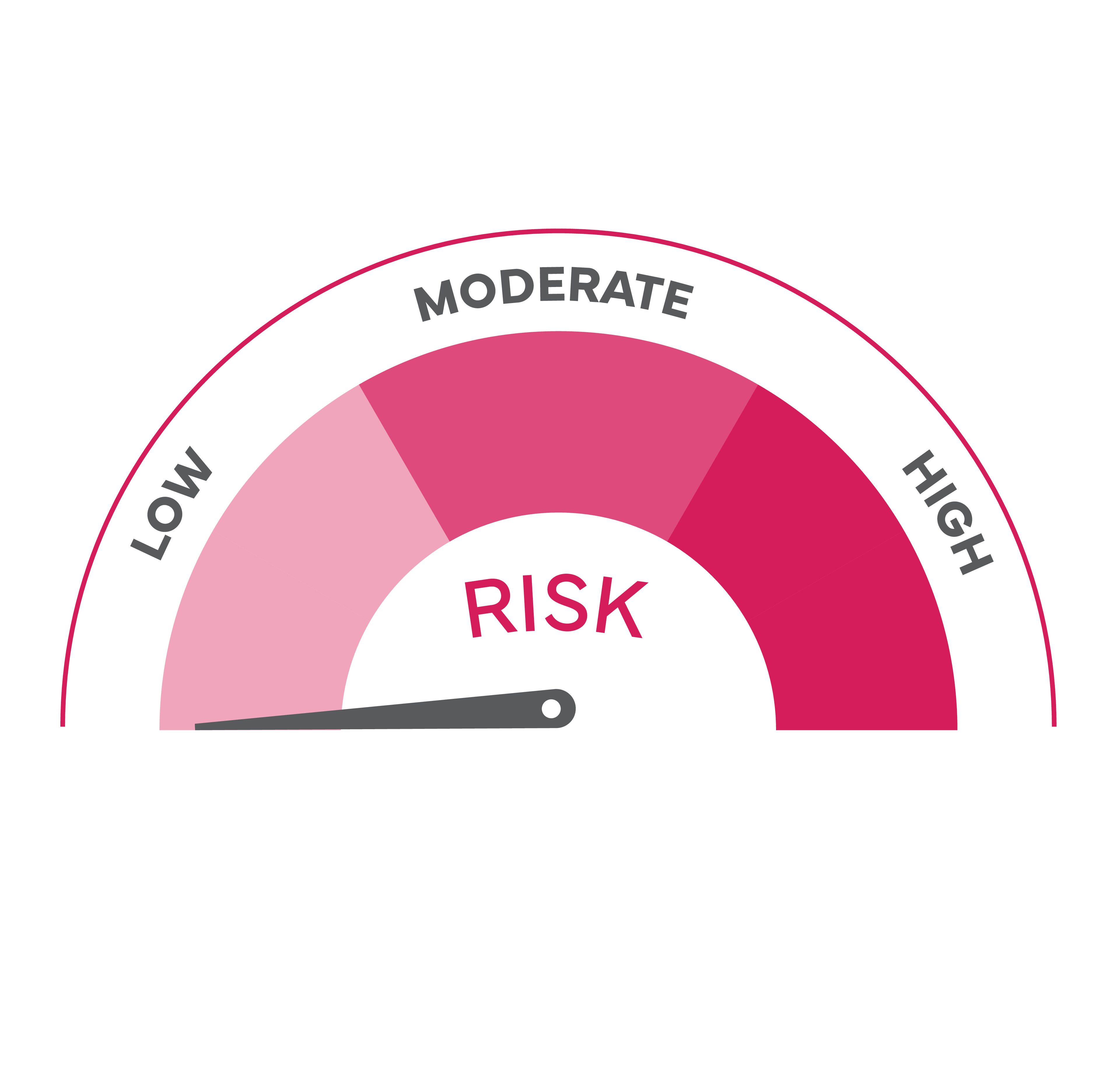Employee Health and Safety Responsibilities Explained
When you think of Health and Safety it is fair to say that you think of it from an employer perspective and responsibility. Except in inherently risky professions like boxing or the armed forces, as an employee, you have a right to be safe and harm free at work. Your employer has a duty of care towards you, and should your employer be found to have breached Health and Safety regulations, could face severe consequences in the form of fines and possibly prison sentences.
Your employee Health and Safety rights come with responsibilities. So, let’s look at those in more depth so you have a detailed picture of what they are.
Employee Responsibilities in the Workplace
Employee responsibilities in the workplace often takes at least one of the following:
- Adhering to training and safety procedures.
- Reporting and communication of Health and Safety issues.
- Personal responsibility including self-care and consideration for your colleagues.
- Use of equipment.
Personal Responsibility
As an employee your responsibilities here extend beyond adhering to Health and Safety policies but to always act in a calm and safe manner. In other words, avoid actions that could harm you or your colleagues.
For example, you’re performing your tasks, and you leave equipment laying around. This equipment is now a hazard and one of your colleagues could trip over it and injure themselves.
Adhering to Training and Safety Procedures
As part of your employer’s Health and Safety policy, you would have received some kind of training and briefed on safety procedures. Training would have been identified in various risk assessments as necessary to minimise hazards and risks. The money and time your employer has invested in this part of the business to fulfil their duty of care to you is not a one way street.
Your responsibility here is to adhere to training and procedures as best you can. This includes wearing the correct personal protective equipment (PPE) and using equipment in the right way. It extends to lifting loads correctly and following first aid and fire procedures.
Keep in mind that you have been trained for a reason and that reason is to keep you and your colleagues safe. Breaking the training protocols puts you and your colleagues at risk and so this is to be avoided.
Reporting and Communication
Keeping a workplace safe relies on people taking responsible for their own actions, and where possible, taking action to keep the workplace safe. This includes taking actions to address unsafe situations where possible, and reporting hazards to the Health and Safety officer.
This can be something simple, such as removing trip hazards to reporting a broken guard on a machine. Staying vigilant keeps the workplace safer and you are adhering to your responsibilities.
Use of Safety Equipment
Safety equipment can take many forms and it is your responsibility to use it correctly as per the training you would have received. Should you notice the equipment isn’t working or is damaged, you must report it to whoever is the responsible person for Health and Safety.
What Happens if I’m Responsible for a Health and Safety Breach?
As an employee you are subject to the same laws as the company you work for. Should you be found to be the cause of a major incident, you could face severe personal fines and in extreme cases prosecution in a court of law.
Types of Penalties for Employees
- Fines: Employees can be fined for Health and Safety breaches, especially if their actions (or lack thereof) lead to serious safety risks or actual harm. The level of the fine usually depends on the severity of the breach and the employee’s role in it.
- Prosecution: In more severe cases, where an employee’s actions or negligence directly result in a serious accident or harm, they may face criminal prosecution. This could lead to more significant fines or, in extreme cases, imprisonment.
- Disciplinary Actions: Apart from legal penalties, employees may face internal disciplinary actions from their employer. This can range from formal warnings to dismissal, depending on the company’s policies and the nature of the breach.
Limitations and Considerations
Proving Liability:
For an employee to be fined or prosecuted, there must be clear evidence that they have wilfully disregarded safety procedures or acted negligently.
Health and Safety Executive (HSE) Involvement:
The HSE or local authorities are responsible for enforcing Health and Safety laws. They investigate serious breaches and can initiate legal action against individuals found to be in violation.
In essence, providing you take a common sense approach to safety and adhere to policies, the chances are you’ll have no issues. Keep in mind, that while the focus of Health and Safety legislation is more on employer responsibilities, employees also have a legal obligation to adhere to safety protocols. Breaches can lead to fines, prosecution, and internal disciplinary actions, underscoring the importance of every individual’s role in maintaining workplace safety.
About Us
Westminster Compliance was established to provide a more personal, proactive health and safety consultancy that would keep businesses working and compliant with ever-changing legislation.
Our presentations and training are interesting and fun because we want our clients to buy into health and safety, and definitely not to see it as a boring, unnecessary nuisance. We know that our best service is provided to small and medium sized organisations and have developed a system that works in most industries.
We stick with straightforward language, keeping away from jargon, and do not make ridiculous promises. Most importantly, we realise that we are working with human beings.




